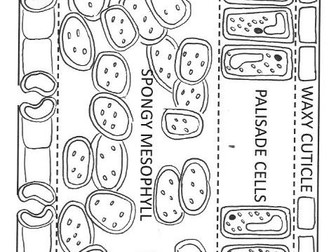AQA 4.1 Cell Cycle - Mitosis
<p>This is to be used for the AQA Cell Biology topic (4.1) - Cell Cycle and Mitosis. The PowerPoint includes information on the cycle itself and activities for getting the students to think independently about what is happening in the cycle.</p>
<p>There is then a storyboard task to complete - a higher and standard level task. The standard level includes the information and students draw a diagram to accompany this and the higher level tasks students will writing their own descriptions as well as pictures.</p>
